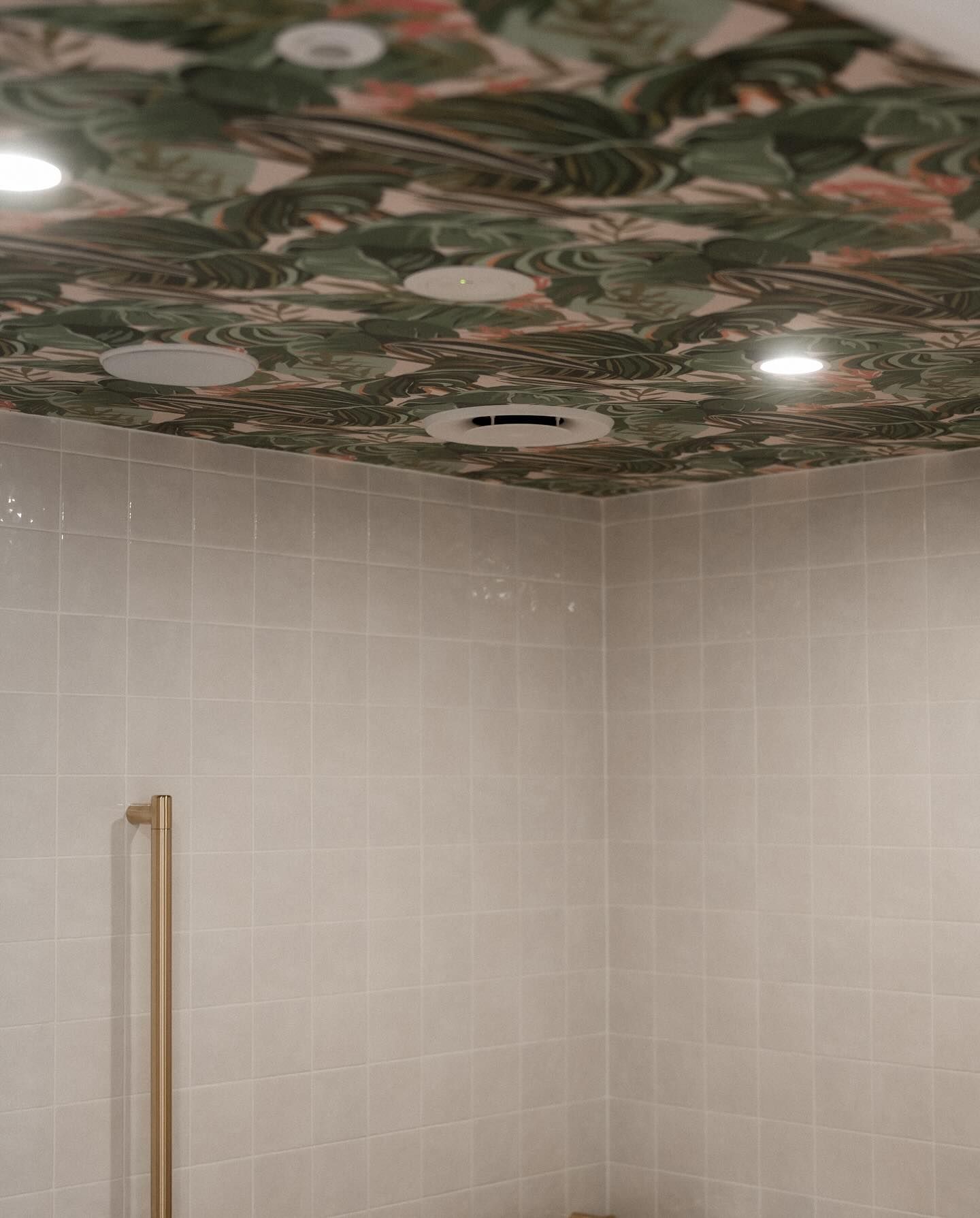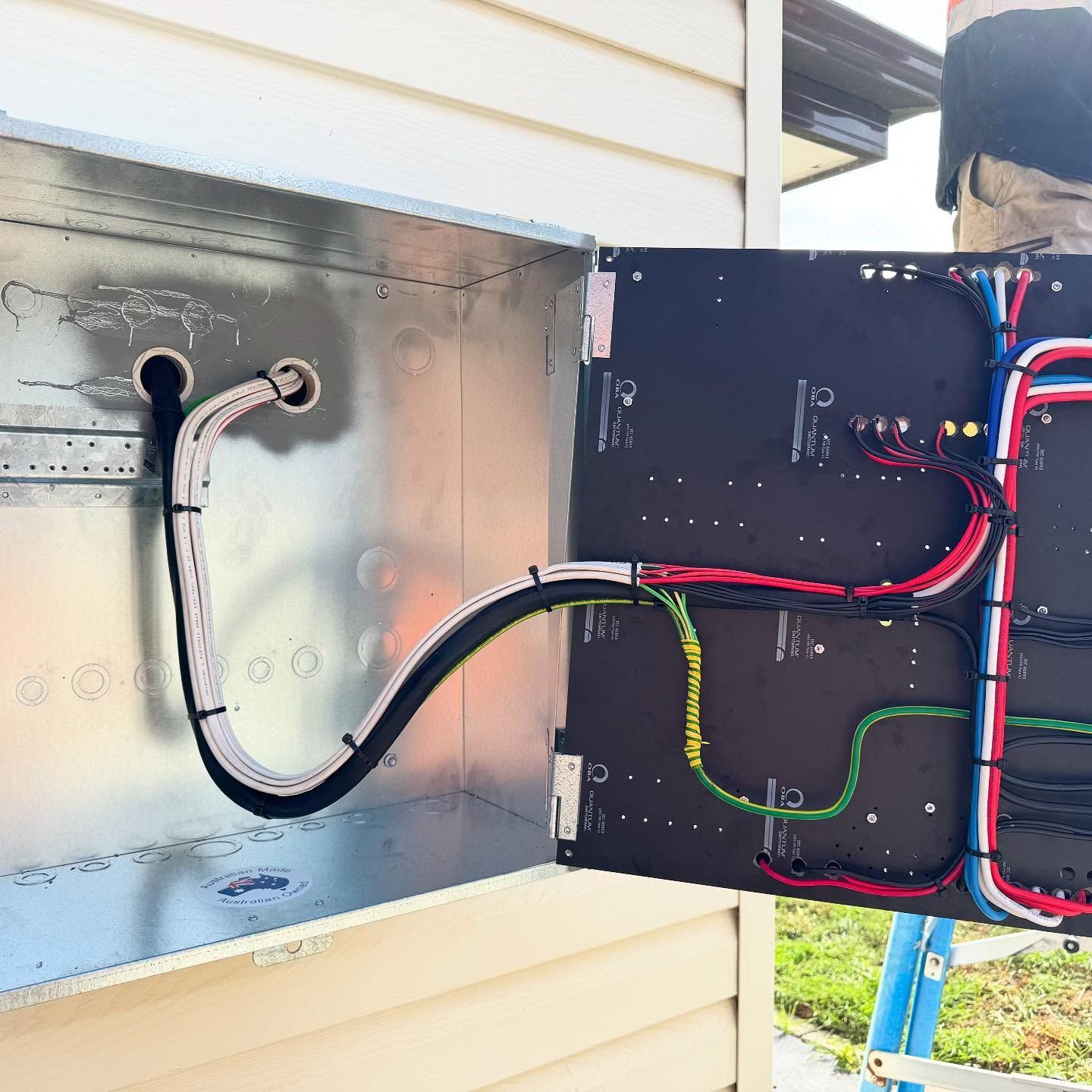Understanding the Difference Between Circuit Breakers and Safety Switches
Electricity powers almost everything we do at home, from cooking and cleaning to entertainment and work. While it’s easy to take it for granted, the safety systems behind the switchboard quietly protect people and property every day. Two of the most important components are circuit breakers and safety switches. Although they sit side by side, their roles are very different. Knowing how they work — and why both are essential — helps homeowners make better decisions about electrical safety.
Circuit Breakers: Protecting Your Wiring, Not You
Circuit breakers are designed to protect the electrical system itself. When a circuit becomes overloaded or develops a fault, the breaker trips and cuts the power, preventing wires from overheating and reducing fire risk. An electrician will often recommend circuit breakers as part of a modern switchboard upgrade. They help safeguard:
- Electrical wiring from overheating
- Appliances connected to the affected circuit
- The home from fire hazards caused by overloads
While they are vital, circuit breakers don’t protect people from electric shock — and that’s where safety switches come in.
Safety Switches: The Lifesaving Device in Your Home
Unlike circuit breakers, safety switches are designed to protect people. They monitor the flow of electricity and trip instantly if they detect a leakage of current, such as when electricity flows through a person to the ground. During electrical inspections, an electrician checks safety switches to confirm they’re installed and working properly. Safety switches protect against:
- Electric shocks caused by faulty appliances
- Accidents when tools or cords are damaged
- Dangerous situations where water and electricity meet
A professional installation ensures safety switches operate as intended, offering peace of mind in everyday living.
Why One Isn’t a Substitute for the Other
A common misconception is that having circuit breakers means safety switches aren’t necessary. The truth is both play distinct roles and should work together. Electricians often explain this distinction to homeowners by showing examples on the switchboard. Having both installed means:
- Circuits are protected from damage
- People are protected from harm
- The entire system works as a layered safety net
This combination ensures the property is protected on every level.
The Tell-Tale Signs of an Overloaded Circuit
Sometimes it’s easy to spot when a circuit is under stress. Frequent tripping or flickering lights may signal that the demand on a circuit is too high. Signs to look for include:
- Circuit breakers tripping regularly
- Lights dimming when large appliances turn on
- Power points that feel warm to the touch
An electrician can diagnose the problem and may recommend redistributing power loads, upgrading wiring or adding new circuits.
Testing Safety Switches: A Small Step with Big Impact
Safety switches have a test button for a reason. Pressing it a few times a year checks that the device is still cutting power as it should. Many people forget this simple task, but electricians can demonstrate and remind homeowners to make it part of regular maintenance. Benefits of routine testing:
- Confirms the safety switch is responsive
- Highlights faults before they become dangerous
- Encourages awareness of switchboard safety
During scheduled inspections, electricians can also carry out professional testing with specialised tools for added reassurance.
Upgrading an Old Switchboard: When Safety Calls for Action
Older homes often still rely on outdated fuses and may lack safety switches altogether. This leaves both wiring and people at risk. Modern switchboards are designed with circuit breakers and safety switches built in, offering far more comprehensive protection. Reasons an upgrade may be recommended:
- Ageing wiring no longer meets current standards
- Fuses are difficult or unsafe to replace
- No safety switches are present on power or lighting circuits
Electricians provide tailored advice and upgrades to bring switchboards in line with today’s safety requirements.
Everyday Scenarios Where Safety Switches Save Lives
Safety switches act within milliseconds to prevent harm. Everyday situations show just how critical they are. Examples include:
- Accidentally cutting through a power cord with garden equipment
- Using an appliance that has developed a fault
- Water spilling onto a live power source in the kitchen or bathroom
By disconnecting power instantly, safety switches prevent what could otherwise be life-threatening outcomes.
Calling in an Electrician: Professional Support Matters
Electrical systems are complex, and attempting to diagnose or repair issues without training is dangerous. Electricians provide not just installation but also ongoing support through inspections, upgrades and safety advice. When working with an electrician in Illawarra, residents can expect guidance on:
- Installing or upgrading safety switches and breakers
- Testing and maintaining existing systems
- Planning switchboard upgrades for future safety
This professional support helps households stay protected while using electricity with confidence.
Arrange a Service Today
At John McEwan Electrical, we help households across Illawarra keep their homes safe with modern switchboard upgrades, safety switch installations and thorough electrical inspections. Our team understands the unique challenges of older properties in the region, where ageing systems may no longer meet today’s safety standards. If you’d like peace of mind about your home’s electrical system, contact us today.








